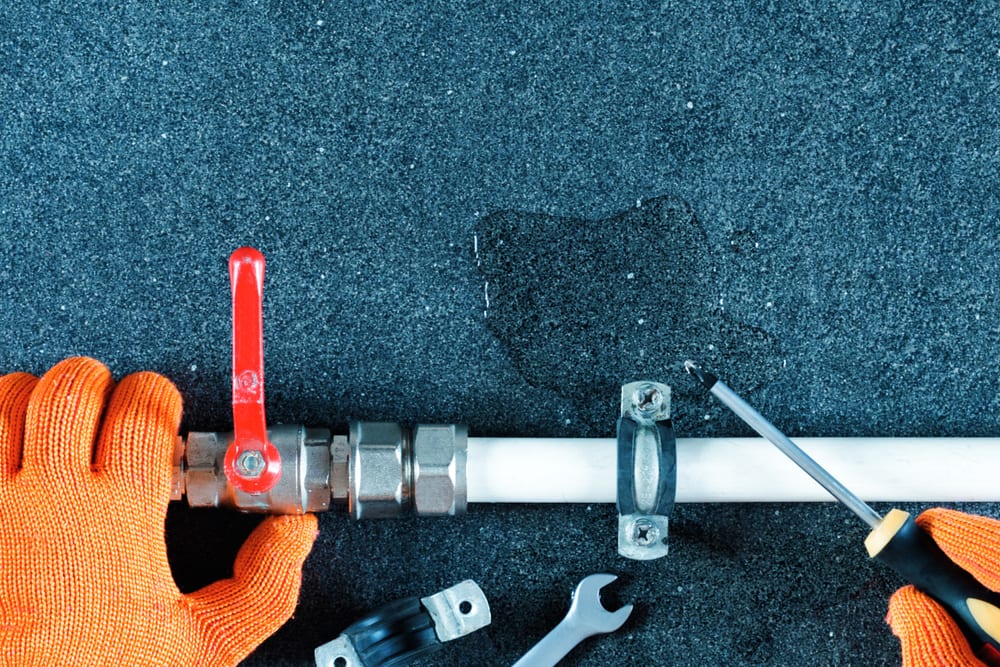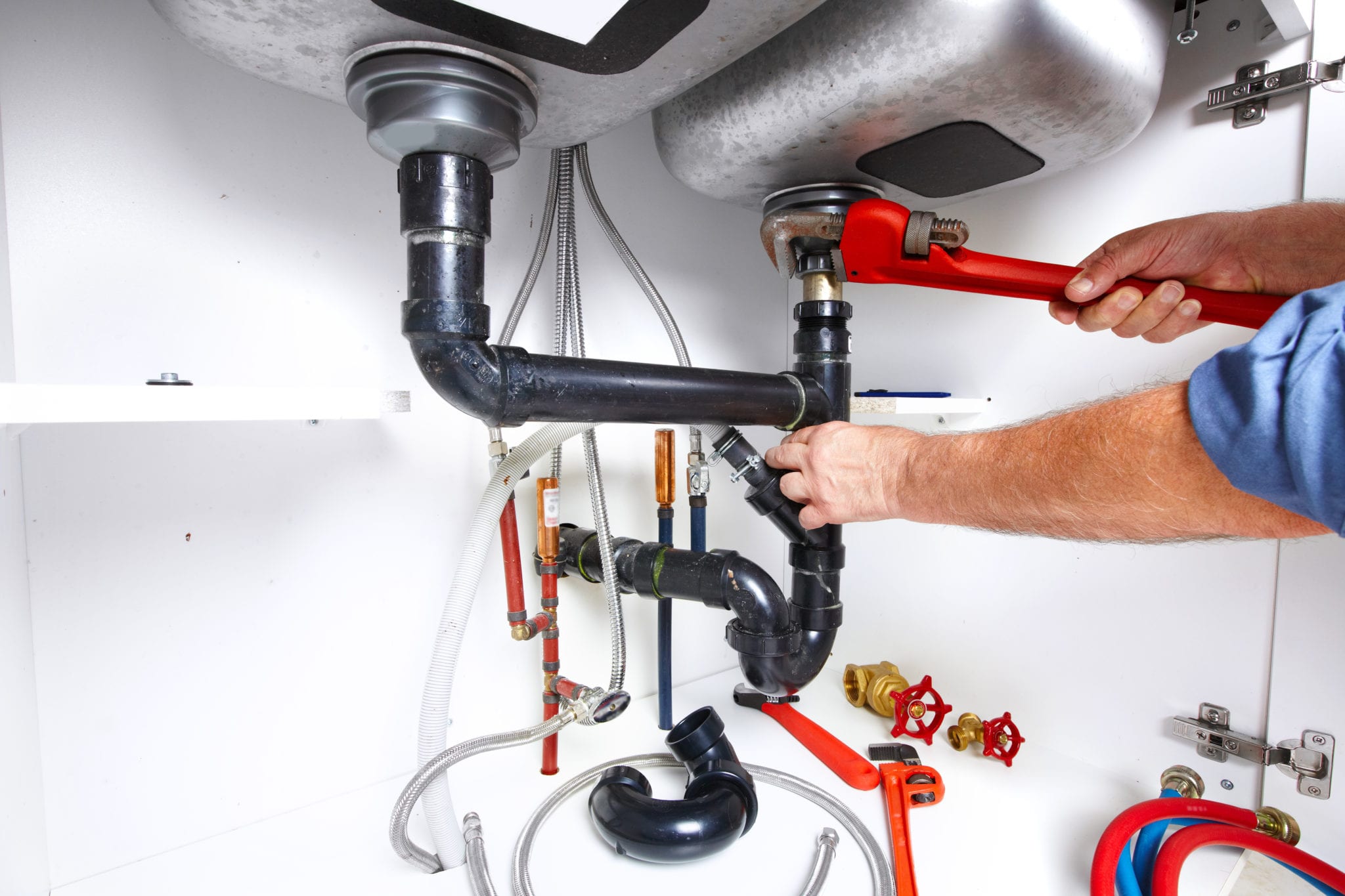Uncovering Hidden Water Line Leaks: Six Effective Finding Methods
Uncovering Hidden Water Line Leaks: Six Effective Finding Methods
Blog Article
We've stumbled upon this post involving Top leak detection hacks directly below on the web and accepted it made sense to relate it with you on this site.

Early detection of leaking water lines can mitigate a prospective calamity. In addition to saving you cash, it will minimize the worry as well as frustration. The moment you locate a leakage, calling your plumber for repair work is the most effective solution. Some little water leaks may not be visible. Here are some hacks that assist if you can not identify it with your naked eyes.
1. Take A Look At the Water Meter
Every home has a water meter. Checking it is a guaranteed manner in which aids you uncover leaks. For beginners, turn off all the water sources. Make certain no one will purge, use the faucet, shower, run the washing maker or dishwasher. From there, go to the meter and watch if it will alter. Given that no person is using it, there ought to be no motions. If it relocates, that shows a fast-moving leak. Similarly, if you identify no changes, wait a hr or 2 and also examine back once again. This indicates you may have a slow leak that might even be underground.
2. Check Water Consumption
Examine your water bills and track your water usage. As the one paying it, you need to discover if there are any type of discrepancies. If you find sudden changes, in spite of your usage coinciding, it suggests that you have leaks in your plumbing system. Remember, your water expense should drop under the exact same array each month. An unexpected spike in your expense indicates a fast-moving leakage.
Meanwhile, a constant boost monthly, despite having the exact same habits, reveals you have a slow leakage that's also gradually intensifying. Call a plumber to thoroughly inspect your residential property, especially if you really feel a cozy area on your flooring with piping underneath.
3. Do a Food Coloring Examination
When it comes to water consumption, 30% comes from commodes. If the shade somehow infiltrates your dish throughout that time without flushing, there's a leakage between the tank as well as bowl.
4. Asses Outside Lines
Do not neglect to inspect your outdoor water lines as well. Test spigots by affixing a yard hose pipe. Must water permeate out of the link, you have a loosened rubber gasket. Change this as well as make certain all connections are limited. It will help obtain it expertly analyzed and preserved each year if you've obtained a sprinkler system. One small leakage can waste tons of water and surge your water bill.
5. Evaluate the situation and inspect
Homeowners must make it a habit to examine under the sink counters and also inside closets for any kind of bad odor or mold development. These 2 red flags indicate a leak so punctual attention is required. Doing regular evaluations, even bi-annually, can save you from a major problem.
More significantly, if you understand your home is already old, maintain a watchful eye on your heating systems, tubes, pipelines and so on. Check for stainings and damaging as many pipelines and appliances have a life span. They will additionally naturally degrade due to wear and tear. If you presume dripping water lines in your plumbing system, do not wait on it to escalate. Call a specialist plumber immediately so you don't end up with a dreadful mess in your house.
Early detection of leaking water lines can minimize a potential calamity. Some tiny water leaks might not be visible. Examining it is a surefire method that helps you find leakages. One tiny leakage can waste heaps of water as well as spike your water costs.
If you think dripping water lines in your plumbing system, do not wait for it to intensify.
5 SMART WAYS TO FIND HIDDEN WATER LEAKS WITHOUT DESTROYING YOUR HOUSE
Monitor Your Water Meter
If you start to notice a higher water bill but you know that your water usage hasn’t increased, it’s a good sign that there’s a leak. Keep a close eye on your water meter to see if you detect any huge fluctuations.
While you’re outside, make sure that there is no water source accidentally left turned on such as a garden hose. Turn all water off including inside water before you check the meter.
Next, take a closer look at the leak indicator and look for any movement. It depends on the type meter you have but for many, it’s a triangular-shaped dial. It may also look like a small silver wheel that spins when water flows through it.
If either of these types of dials is turning after you’ve turned the water off, you likely have a leak. Another option is to take a reading and then wait an hour or two.
Take a second water meter reading to see if anything has changed. This is how to detect water leaks for most of your home. Just make sure you haven’t used any water during that hour to a two-hour window.
Check Your Faucets
For many homeowners, the source of a water leak stems from the faucets. A worn rubber washer is often the culprit and can be found underneath the handle.
You can easily replace the washer if you have the correct tools. You will need to turn the water off under the sink, or at the main cutoff valve.
Next, remove the faucet handles to access the gasket. Most home improvement or hardware stores sell replacement gaskets and the tools you need to fix this simple, common problem.
How to Detect Water Leaks from Your Toilet
The toilet is another common culprit for water leaks, and it can often go unnoticed. A leaky toilet can waste several hundred gallons of water, which also means it can waste quite a bit of money.
Remove your tank lid and add a few drops of food coloring to the tank. Dye tabs are another easy alternative that can be purchased at many hardware stores.
Let the coloring saturate the water and wait approximately 30 minutes without flushing. If any color has come through the tank and into the toilet bowl, you likely have a leak.
Luckily, these types of leaks can often be resolved by replacing the flapper. The flapper has likely just worn out over time or become cracked which causes water to constantly flow from the tank into the bowl without you even noticing.
Another toilet-related red flag? If you need to jiggle the handle to keep your toilet from running, you likely have an issue with the flush bar and chain sticking.
You can fix this by adjusting the nut that secures this mechanism inside the tank. Or, you might need to replace the handle since it could be sticking.
Be Aware of Underground Water Leaks
Outdoor water leaks can get quite expensive to repair, so it’s important to know what to look for. If an area of your yard seems softer than others or you notice dark spots, this could be cause for concern.
If one particular area around your home seems to stay wet even after a dry spell, this is a red flag. You can also look closely near your driveway and street and see if you notice any unusual water flow.
Water flow doesn’t have to be a constant stream of flowing water. Even puddles that seem out of place may indicate that there’s a deep, underground leak.
If you suspect that you have an underground leak, call your local water or utility company as soon as possible. They have the tools and the know-how to further diagnose and fix the issue.

I am very taken with Hacks to detect leaks and I am assuming you appreciated my page. Do you know about somebody who is looking into the topic? Do not hesitate to promote it. We treasure reading our article about Top leak detection hacks.
Book 24/7 Report this page